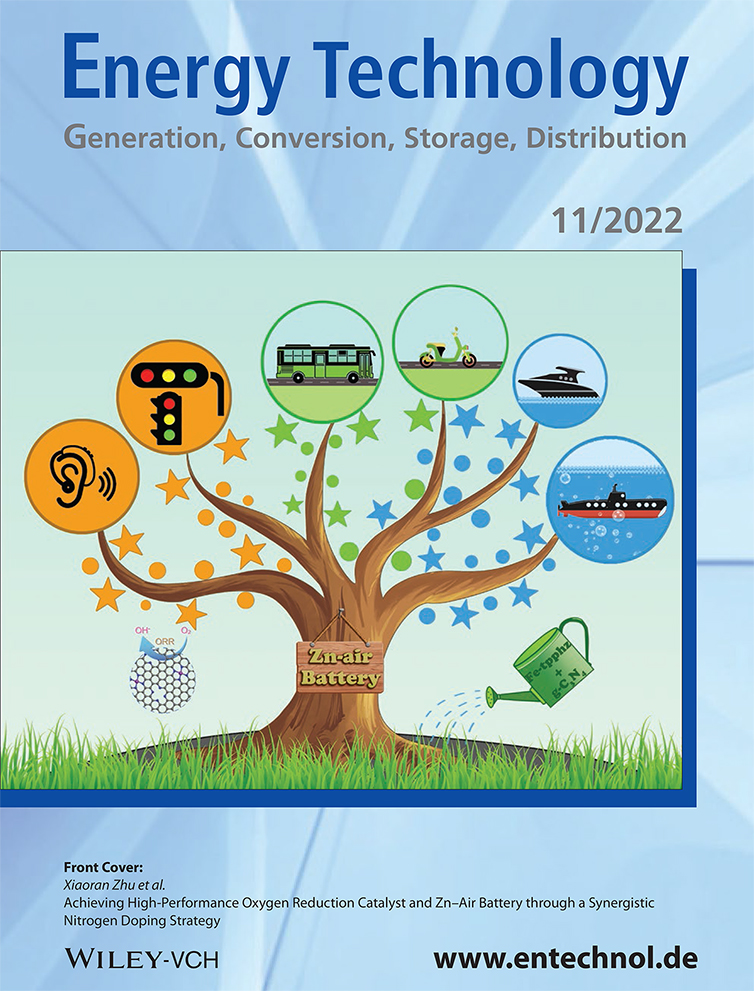Tailoring the Void Space of a Silicon Anode for High-Capacity and Low-Expansion Lithium Storage
Abstract
Si anodes have been attracting attention because they offer the critical advantages of being derived from abundant sources and exhibiting a high theoretical capacity. However, Si anodes have not been used in practical applications of Li-ion batteries because of the unavoidable large volume changes that occur during charging and discharging. Herein, rather than considering the active material, the structural design of the Si anode is focused, developing a material whose volume does not expand even after the Li insertion process. The Si anode is fabricated by leaching Al from a rapidly solidified Al–Si alloy ribbon using a single-roller melt-spinning process. Si anode ribbons derived from 50Al–50Si alloy consisting of microscale primary Si and nanoscale eutectic Si show a low-volume expansion when Li is inserted to a capacity of 3000 mAh g−1. Scanning electron microscopy observations show that the formed pores suppress the expansion of the electrode. At a rate of C/10, the electrode alone, without a binder or conductive carbon additive, exhibits good cycling stability; the initial capacity of 2070 mAh g−1 slightly decreases to 1970 mAh g−1 after 10 cycles. These results open a new platform for designing low-expansion Si anodes for high-capacity energy-storage devices.
Conflict of Interest
The authors declare no conflict of interest.
Open Research
Data Availability Statement
The data that support the findings of this study are available from the corresponding author upon reasonable request.




